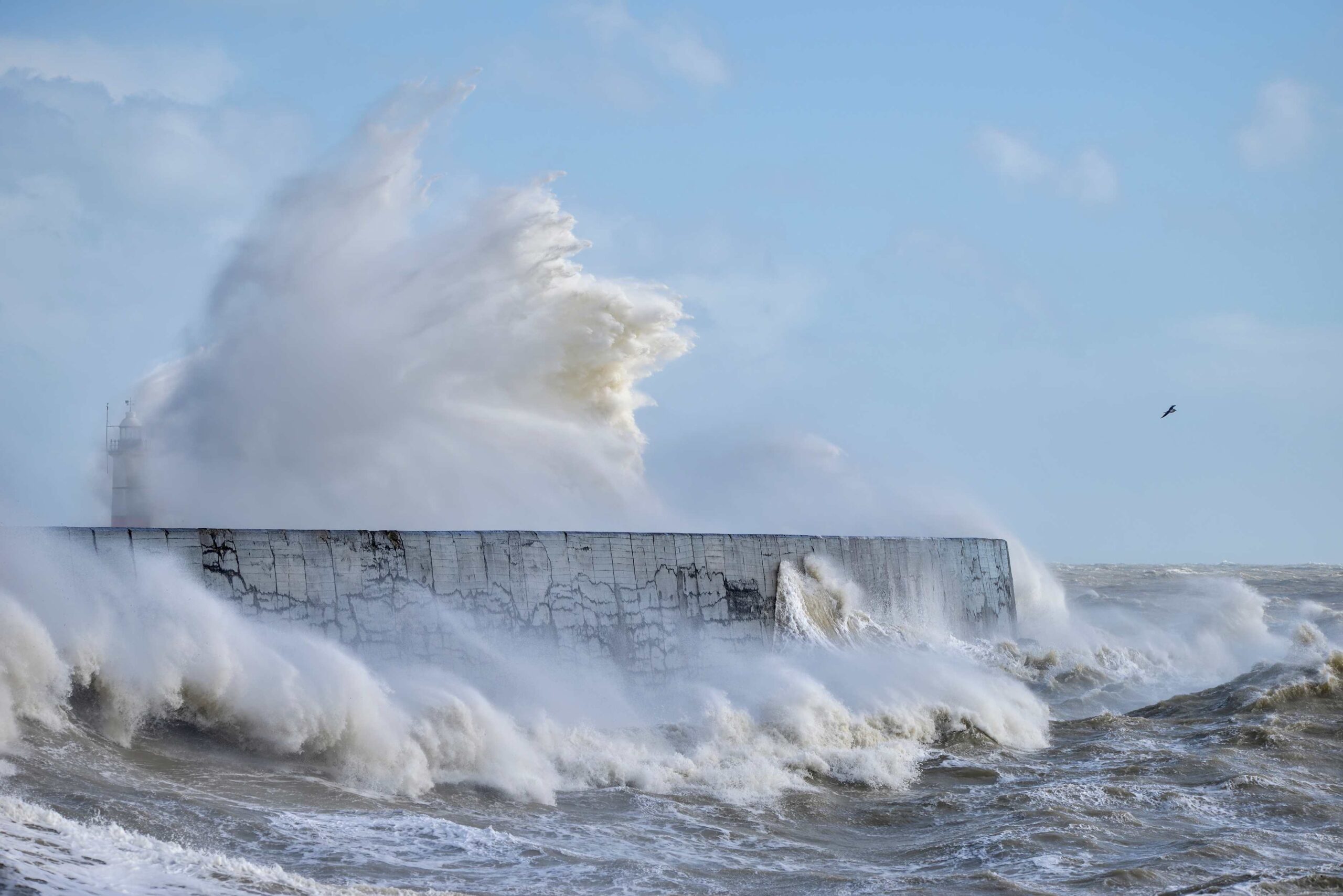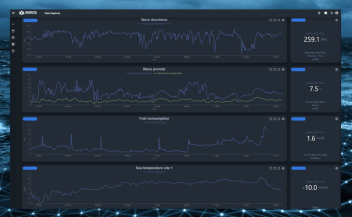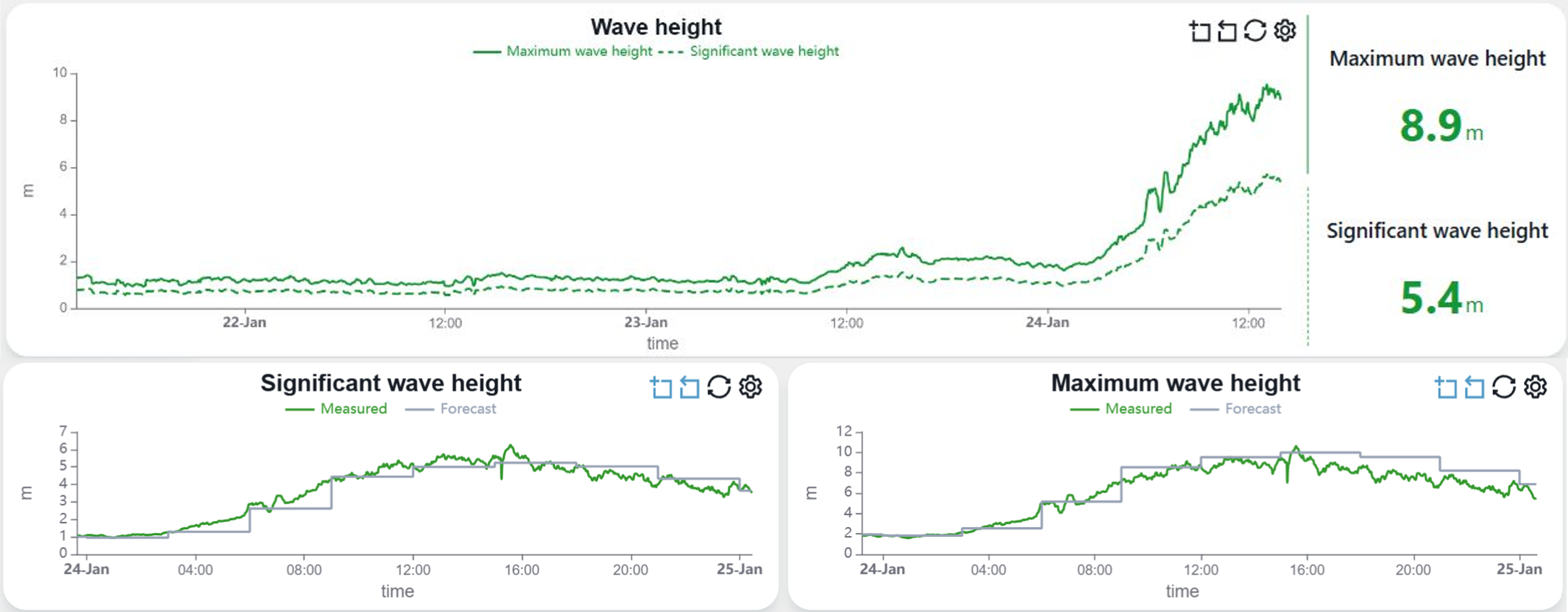Storm Éowyn and the pressure bad weather puts on offshore decision-making
Storm Éowyn barreled through the UK last week, leaving more than a bit of destruction in its path. For many of us at the Scottish Offshore Wind Conference on Thursday, the situation became a little ‘last chopper out of Saigon’, as news broke that rail travel north of the border would grind to a halt on Friday as the national battened down the hatches.




The adverse weather was all too apparent for those on dry land, but it was also a powerful reminder of how dynamic and unforgiving the ocean can be. For offshore operations, storms of this magnitude underscore the importance of accurate, real-time metocean data – not only for safeguarding assets but also for optimizing decision-making and protecting worker welfare under challenging conditions.
The impact of Storm Éowyn
On the morning of Friday, January 24, off the North East coast of Scotland we recorded remarkable data as the storm made its presence felt. At one site, maximum wave heights surged to an astounding 9 meters, with significant wave heights surpassing forecasts by 1.4 meters. Nearby, wind gusts were clocked at over 36 meters a second (m/s), painting a vivid picture of the storm’s intensity.
Under such conditions, offshore operations become not just challenging but potentially life-threatening. Storms like Éowyn emphasize the critical need for robust systems that allow teams to monitor and respond to metocean conditions without putting lives at risk. Even when operations are paused, such severe weather conditions can have major implications for expensive offshore equipment. High winds and towering waves expose submerged equipment to potential damage or downtime.
This is where dry-mounted sensors come into their own. Unlike traditional submerged equipment that has to endure the relentless impact of extreme weather, dry-mounted sensors remain unaffected by the ocean’s turbulence and don’t have to endure the same brute force as wave buoys, for example. Installed above the waterline, these sensors deliver reliable, high-quality data under any conditions. For project managers, this means fewer concerns about equipment failure, loss of months of data, and more confidence in operational continuity.

Real-time data as a lifeline for safer decisions
Up-to-the-minute metocean data is more than just an efficiency tool—it’s a lifeline for offshore teams and a critical asset for decision-makers. With advanced technology, vessel captains, project managers, and offshore operators can remotely access real-time data, including wave heights, wind speeds, and weather patterns, ensuring informed decisions in unpredictable conditions.
This capability enables teams to take preventative measures, such as halting operations or evacuating sites, well before conditions worsen. On calm days, when large waves typically come in short sets, real-time sea state monitoring and accurate wave height forecasts (up to two minutes ahead) allow crews to pause briefly for larger waves to pass before starting weather-sensitive tasks. This minimizes worker exposure to hazards, prioritizes safety, and maintains project efficiency.
In contrast, operators without real-time insights often spend significantly more time restarting tasks disrupted by large waves, time that could have been saved by waiting briefly for the wave set to pass.
Safety at the heart of offshore operations
While it’s unlikely to be the last of the adverse weather we see this year, Storm Éowyn was a timely reminder of the unpredictable and hazardous nature of the sea. But it is also evidence that with the right technology, offshore teams can stay safer, make better decisions, and reduce risks – whether to people or expensive equipment.
As we continue to track Storm Éowyn and its impact, one thing is clear: in an industry where the stakes are high, prioritizing worker safety through innovation isn’t just good practice – it’s a must. Whether you’re safeguarding offshore workers at sea, or observing the storm from a safe, remote location, real-time ocean insights can be the difference between risk and security. By delivering actionable data in real-time, even amidst severe weather, Miros is helping clients stay ahead of the storm and be better prepared for the challenges of tomorrow.

